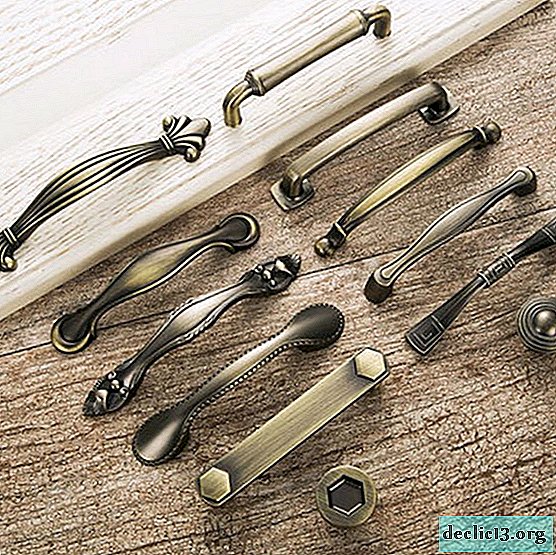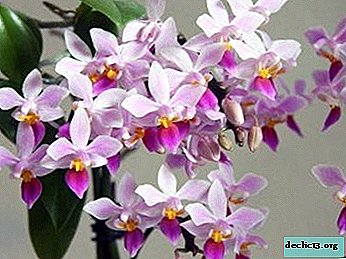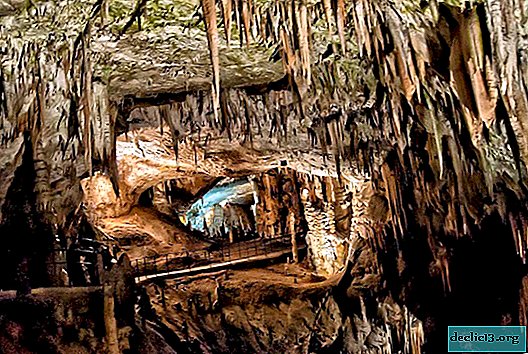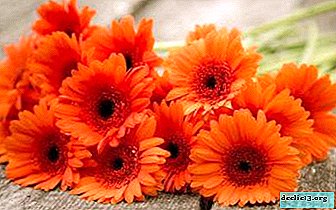How is gloxinia propagated by leafy cuttings?
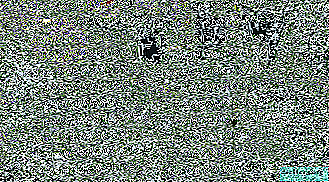
Gloxinia is a houseplant named after a doctor from Alsace B.P. Gloxin. Being a botanist, it was he who described the flower. According to modern classification, it belongs to the Gesneriev family.
Gloxinia not only grows in deciduous forests in Central and South America, in Mexico and Brazil. Thanks to the breeding work of the botanist W. Sinning from Boston University, today it has become an adornment of window sills. Is it difficult to propagate it by cuttings?
Plant description
Gloxinia is a tuberous perennial plant. She has a short stem, which is decorated with bright green leaves with a velvety surface. Depending on the species during flowering, simple or double-bloomed bell-shaped flowers of white, pink, red or purple shades appear on it.
ATTENTION: Twenty-five species of plants are known, and only two of them - royal gloxinia and beautiful gloxinia - are objects of selection work.The most popular varieties
 Gloxinia Avanti. She has large flowers in bright hues. All of them bloom together, and they look quite unusual against the background of dense leaves of small size.
Gloxinia Avanti. She has large flowers in bright hues. All of them bloom together, and they look quite unusual against the background of dense leaves of small size.- Gloxinia hollywood. It features large dark purple, almost black velvety buds with wavy edges.
- Gloxinia brocade - a dwarf plant in which the buds during flowering are terry.
How to propagate at home?
- Propagation by leafy cuttings.
- Reproduction by part of the leaf.
- Seed propagation.
- Tuber division.
- Rooting a peduncle.
Leaf propagation
In order to propagate gloxinia with part of the leaf, choose the largest leaf:
- Then they cut him using a sharp knife.
- Making incisions, work out each vein.
- After this procedure, put it underside on the ground, carefully pressing it to it.
- Florists cover the sheets with a jar and wait for rooting.
In this case, when the roots appear, the sockets will be small.
Sometimes after cutting, the leaf stalk loses its elasticity. To prevent this, put it in a glass of water. Before planting a leaf in a pot, process it with a solution of whiteness. Dilute bleach with water 1:11. After the procedure, the sheet is washed in clean water and dried. Stay in a solution of whiteness - no more than 2 minutes. Otherwise, the stalk rots.
Watch the video on the propagation of gloxinia by leaf fragments:
Seed cultivation
Many experienced flower growers do not buy seeds because of the complexity of seed propagation. It requires careful care of the seedlings, but as a result they get a healthy, strong and viable gloxinia.
Watch a video about growing gloxinia from seeds:
Tuber propagation
Tuberous propagation is a risky method, since the taken apart parts are very sick, and it’s difficult to cure them. It all starts with choosing a tuber:
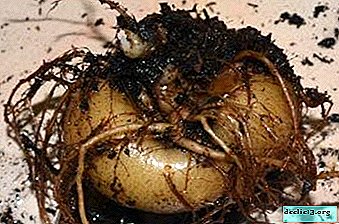 It should be resilient, large (up to 6 cm in diameter) solid without areas affected by rotting. If there is rot, cut it off.
It should be resilient, large (up to 6 cm in diameter) solid without areas affected by rotting. If there is rot, cut it off.- After pruning, they wait until the sprouts grow to 20 mm in length.
- Then they divide the tuber using a sharp knife.
- Each piece should have 1 sprout or 1 kidney.
- The slice is treated with brilliant green or sprinkled with charcoal and dried. They also treat it with garden var, blocking the path to bacteria.
- It remains to plant the resulting pieces in disposable cups and wait for the roots to appear.
Watch the video on the propagation of gloxinia by the tuber method:
General rules for cutting
Cuttings are a simple and common method of plant propagation. Another name for the cuttings is root plants. Breeders have developed a number of ways to cuttings, as all cultures take root in different ways. Choosing one or the other, they evaluate whether roots will form quickly, whether shoots from underground will appear, or not. In order for the plant to take root, when cutting, follow the following rules:
- Careful selection of rooting cuttings. He must be healthy and large. An oblique cut is made under the lower kidney. A cut above the upper kidney is not made close to the kidney, leaving a 2-3 cm internode.
- The release of the part of the handle that is stuck in the ground. There should be no leaves on it. Otherwise, they will rot, and with them the stalk.
After the stalk is prepared, root it. Rooting methods 2: in soil or in water. After the cut, immerse it in water or plant it in the finished soil mixture, covering it after watering with a plastic wrap on top or placing each under a glass jar.
Rules for planting gloxinia after rooting in the ground:
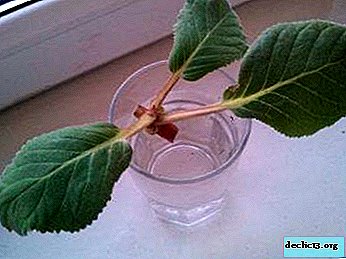 To do this, take a plastic transparent glass. It makes drainage holes.
To do this, take a plastic transparent glass. It makes drainage holes.- Ready soil for violets is poured into a glass. Sometimes pure vermiculite is poured instead.
- As soon as the roots appear, the plant is transplanted into the nutrient ground.
- The cuttings are planted in a moistened substrate. The resulting slice is powdered before planting with the root stimulator Kornevin (up to 1 cm from the slice).
- When planting, the stalk is fixed at an angle of forty-five degrees.
- After planting, place the stalk in a glass in a mini-greenhouse or under a plastic film. This is done so that the soil does not lose moisture for a long time.
It remains only to rearrange the plant in a bright, warm place, which does not fall in direct sunlight. They carefully monitor that the temperature of the soil is + 16-18 ° C. Once a day, the greenhouse is ventilated so that the soil dries. When it dries strongly, water it from the spray bottle. One month after rooting, the plant will form tubers.
Watch the video on the cuttings of gloxinia:
What to do after?
Young plant regularly watered, and for the first time they feed Kemira Lux with fertilizer a month after planting in the ground. This pink powder is sold packaged in 20 and 100 gram packages. For 2 liters of water, take 1 coffee spoon of powder. They are fed a young flower 2-3 times a month. For active growth, the pot is placed on the windowsill, which is intensively illuminated by indirect sunlight.
If something went wrong
The main reason for the death of cuttings, despite the efforts of the grower, is the incorrect choice of the rooting time. They root them at the beginning of spring or late autumn, when the plant is in a dormant phase, and they need watering and cannot stand any manipulations with themselves.
Gloxinia rots due to the unwillingness of the grower to root it in an intermediate container. In this case, the whole plant dies, and this can be avoided by planting each petiole in a separate cup. So it is possible to avoid the spread of rot throughout the plant. Sometimes flower growers forget to make drainage holes in the pot, thereby pushing it to rot on their own.
Often the reason for the disappearance of gloxinia is the wrong choice of soil. It is planted in garden soil, and not in the ground for violets. Garden land is full of earthworms, centipedes, and lacewings, which sooner or later come out of the pot, becoming a threat to other plants. If you burn it, it will lose all the useful and necessary for the growth of the flower.
It is better to root the stalks in the prepared ground for violets, bought in a store. It will never be overloaded with fertilizers and will have a neutral soil reaction. Gloxinia often dies due to excessive and improper watering. It is watered only with boiled, settled water after the top layer of the soil has dried.
Conclusion
It is not difficult to propagate gloxinia with cuttings, but in the end, any window sill will turn into a blooming garden. The main thing is to carefully handle the cuttings, water the plant after this procedure, after drying the top layer of the soil and feed it with fertilizers.

 Gloxinia Avanti. She has large flowers in bright hues. All of them bloom together, and they look quite unusual against the background of dense leaves of small size.
Gloxinia Avanti. She has large flowers in bright hues. All of them bloom together, and they look quite unusual against the background of dense leaves of small size. It should be resilient, large (up to 6 cm in diameter) solid without areas affected by rotting. If there is rot, cut it off.
It should be resilient, large (up to 6 cm in diameter) solid without areas affected by rotting. If there is rot, cut it off. To do this, take a plastic transparent glass. It makes drainage holes.
To do this, take a plastic transparent glass. It makes drainage holes.


